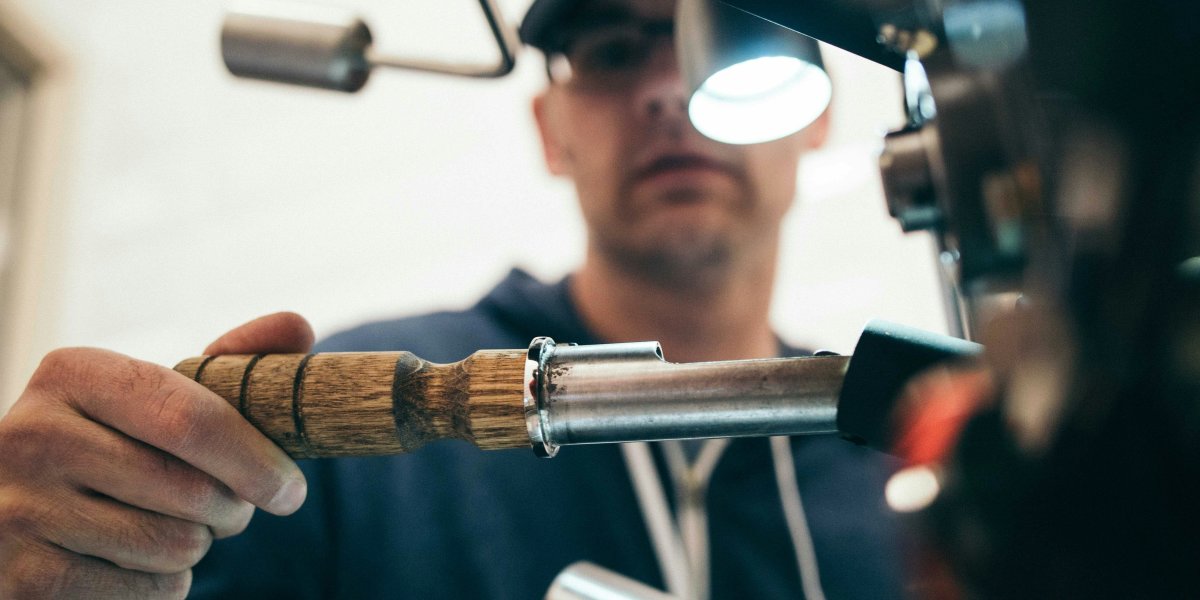
Tiny House Plumbing Disasters: What Three Years of DIY Repairs Taught Me
Three years ago, I thought installing a kitchen sink in my tiny house would be the hardest plumbing challenge I'd face. I was hilariously wrong. Between burst pipes during Colorado's polar vortex, a composting toilet that turned into a science experiment gone wrong, and discovering that tiny house plumbing operates by its own unique (and often cruel) laws of physics, I've become an unwilling expert in small-space water disasters.
The Great Freeze of February 2024
Last winter, temperatures dropped to -18°F for five consecutive days. Despite my proud insulation job, the water lines running through my trailer's undercarriage turned into ice sculptures. I woke up to no water pressure and the sound of my water pump cycling frantically every thirty seconds.
The fix required crawling under my house in snow gear with a hair dryer and heat tape, discovering that my "professionally installed" plumbing had zero insulation in the most vulnerable spots. I spent $340 on emergency heat tape and learned to sleep with my kitchen faucet dripping on really cold nights. Tiny house plumbing tip #1: gravity-fed systems freeze faster than pressurized ones.
Composting Toilet Reality Check
Instagram made composting toilets look elegant and environmental. Reality? My Nature's Head toilet became a $900 lesson in humidity management and proper carbon-nitrogen ratios. Month four, I opened the lid to find what looked like a swamp ecosystem complete with fruit flies and an smell that cleared out my loft bedroom.
Turns out, Colorado's dry climate meant I was adding too much liquid and not enough carbon material. Also, the tiny house movement doesn't talk enough about the fact that composting toilets require daily attention. If you're traveling for a week and forget to have someone tend your toilet, you'll come home to regrets.
I eventually switched to a traditional RV cassette toilet connected to a black water tank. Less environmentally pure? Maybe. Functional and odor-free? Absolutely.
Water Pressure: The Tiny House Killer
City water pressure is typically 40-60 PSI. Most tiny houses run on 12V water pumps that deliver 15-20 PSI on a good day. This means showers feel like gentle misting sessions and filling a pot for pasta takes forever. I upgraded to a 20-gallon pressure tank and accumulator system that cost $480 but finally gave me a proper shower experience.
Pro tip: if you're building or buying a tiny house, budget extra for water pressure solutions. That $150 pump from Amazon won't cut it for normal water usage.
The Greywater Adventure
My tiny house community requires greywater management, which sounds simple until you're actually doing it. My first system was a 35-gallon tank under the trailer that needed manual emptying every three days. In summer, forgetting to empty it meant sulfur smells that attracted every fly in Colorado.
I eventually installed a greywater garden system with branched drain lines feeding my raised beds. It works beautifully now, but the learning curve included killing $200 worth of vegetables with soapy dishwater and creating a muddy mess during my first Colorado spring snowmelt.
Hot Water: The Ongoing Battle
Tankless water heaters sound perfect for tiny houses – unlimited hot water with no storage tank. In practice, my Rinnai unit struggled with Colorado's altitude and hard water. It needed descaling every four months and would randomly shut off during winter when inlet temperatures dropped below 40°F.
After two years of repairs, I switched to a 6-gallon Atwood RV water heater. It runs on propane, heats up in 12 minutes, and provides enough hot water for a full shower. Sometimes simpler really is better.
Tools That Saved My Sanity
After three years of emergency repairs, here are the tools no tiny house owner should be without:
- SharkBite fittings for emergency pipe repairs
- 12V water pump with pressure switch (keep a spare)
- Pipe insulation tape and heat tape for winter
- Basic multimeter for diagnosing pump issues
- Flexible drain snake for tiny house-sized blockages
The $3,200 Learning Experience
Total spent on plumbing fixes, upgrades, and emergency repairs over three years: $3,247. That doesn't include the weekend I spent in a hotel because my water system completely failed during a dinner party. Or the time I had to shower at the gym for a week while waiting for pump parts.
Was it worth it? Honestly, yes. I now understand every component of my water system and can fix most issues myself. But if I were buying a tiny house today, I'd budget $2,000-3,000 for plumbing upgrades beyond whatever the builder provides.
Advice for New Tiny House Owners
Learn your system before you need to fix it. Know where your shutoff valves are, understand your pump settings, and keep spare parts on hand. Join tiny house Facebook groups specific to your region – Colorado tiny house owners deal with different issues than Florida folks.
Most importantly, budget for plumbing reality, not plumbing dreams. That beautiful tiny house you're considering might need significant water system upgrades to work reliably in your climate and with your usage patterns.
Despite all the disasters, I still love tiny house living. But I also know that my shower pressure is excellent, my toilet works reliably, and my pipes won't freeze this winter. Sometimes expensive lessons are the most valuable ones.